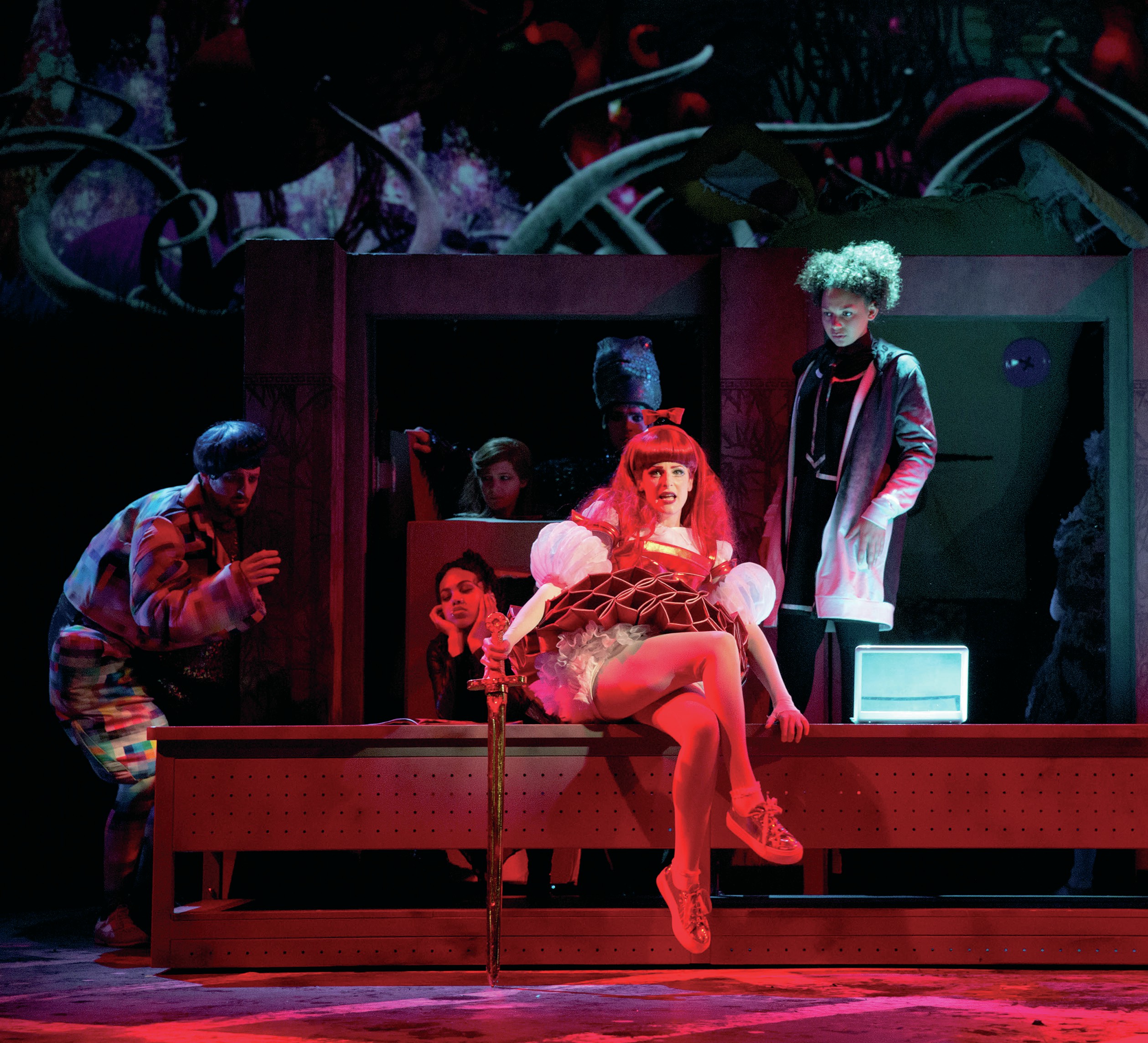
The year 2015 marked 150 years since th publication of Alice’s Adventures in Wonderland in 1865. The author, Lewis Carroll, followed this with Through the Looking-Glass, and What Alice Found There in 1872. These books are often known today simply as Alice in Wonderland. The celebration of this 150-year anniversary was a year-long event. Not only have the books themselves been re-read, they have continued to inspire new work in the arts: for example, Robert Douglas-Fairhurst has written a new book-length study of The Story of Alice, and Damon Albarn and Moira Buffini have composed a new Alicebased musical called wonder.land. More than once during the anniversary year the question was asked, ‘What’s so wonderful about Alice?’
The reasons why the Alice story has been popular have changed from one period of time to the next. What emerges is a sense of the Alice books being endlessly re-readable, and, in addition, an understanding of how context acts as a driver in shaping different readings of these texts. Interestingly, the first of the Alice stories invented by Lewis Carroll was not intended to be read at all. ‘Lewis Carroll’ was the pen name of the Reverend Charles Lutwidge Dodgson, a lecturer in mathematics at Christ Church, Oxford. Dodgson, famously on the ‘golden afternoon’ of 4 July 1862, took the opportunity during a boating-trip and a picnic to begin inventing his Alice stories for the Liddell sisters, the daughters of the Dean of Christ Church — his favourite among whom was ten-year-old Alice. He told a tale about a fictional Alice who fell asleep (just as the real Alice was feeling drowsy on the river bank) and who, in her dream, met a white rabbit which she chased down a rabbit-hole leading to her adventures in Wonderland. (The scenario of Through the Looking-Glass is similar, except Alice passes through a mirror to begin her Wonderland adventures.) However, it was the real Alice who thought the Wonderland stories — about the King and Queen of Hearts, the Mad Hatter’s tea party, and more — were indeed wonderful and who persuaded Dodgson to write them down.
Your organisation does not have access to this article.
Sign up today to give your students the edge they need to achieve their best grades with subject expertise
Subscribe




